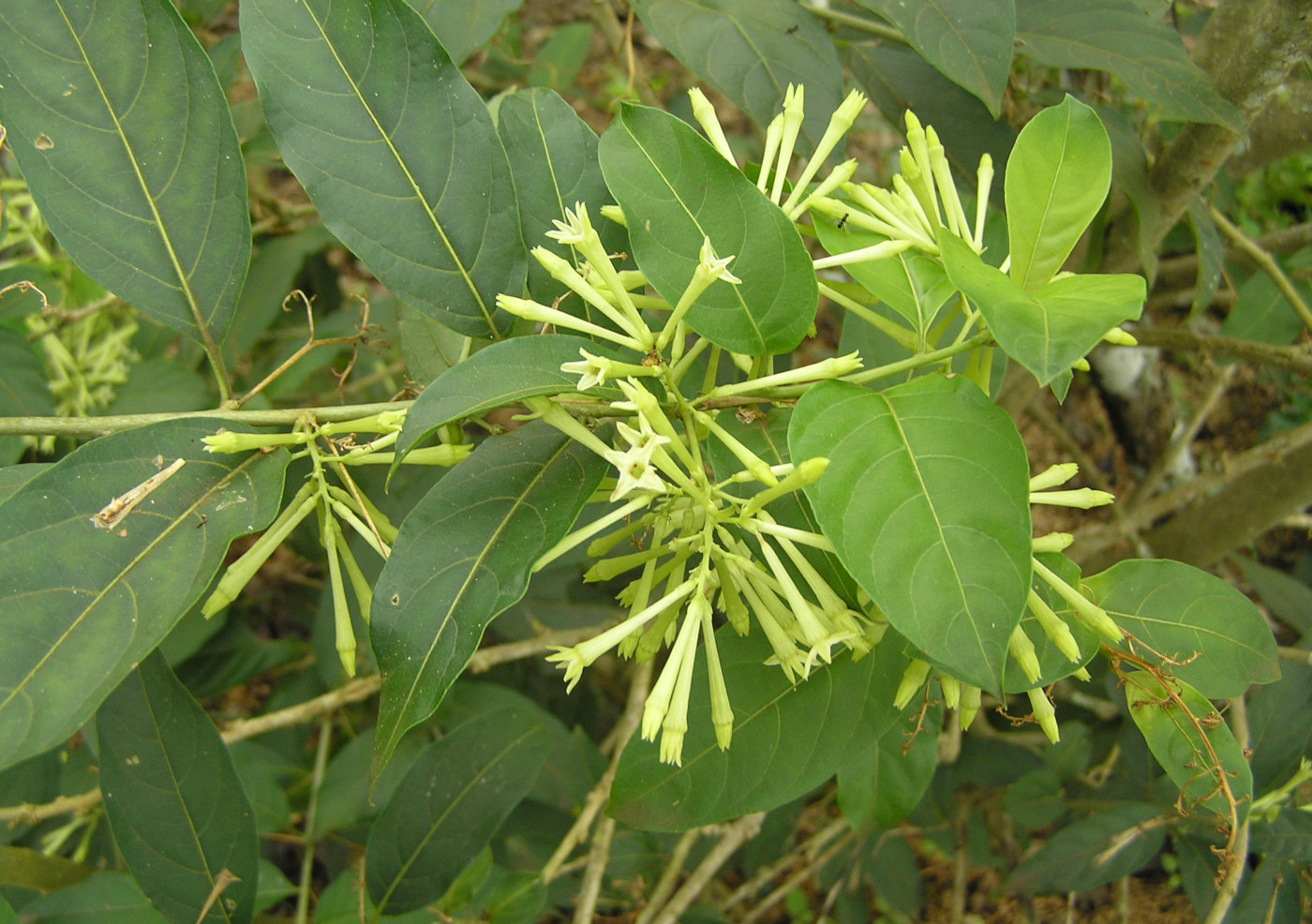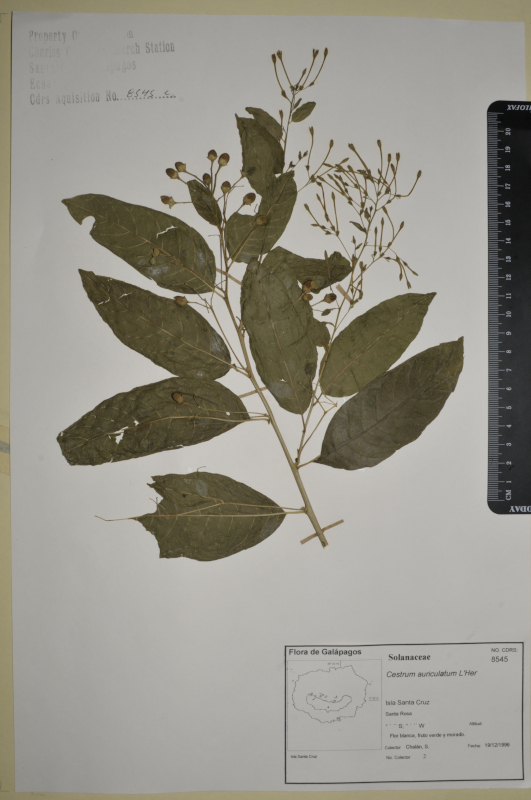Galapagos Species Database
The Galapagos Species Database shares the information about the species from our Natural History Collections.
Cestrum auriculatum
sauco, dama olorosa, hierba santa, orange cestrum




A shrub 3 to 4 m high. The leaves and branches give off a foul odor when cut and are toxic to livestock. The flowers are tubular and cream-colored, and the fruits are round and black.
A shrub 3 to 4 m high. It begins to bear fruit at 2 years of age, and bears flowers and fruit throughout the year. The leaves and branches give off a foul odor when cut and are toxic to livestock. The flowers are tubular and cream-colored, and the fruits are round and black.
Domain
Eukaryota
Kingdom
Plantae
Phylum
Magnoliophyta
Class
Magnoliopsida (= Dicotyledoneae)
Order
Solanales
Family
Solanaceae
Genus
Cestrum
Species
auriculatum
Taxon category: Accepted
Syn.: Cestrum leptanthum Dunal; Francey (1935) as Cestrum diurnum Dunal.
Origin: Introduced - established
Year of first record: 1984
Mode of introduction: Intentional
Introduction Pathway: Intentional
Subpathway: Agriculture/Horticulture
Introduced status: Naturalized
Invasive status: Invasive
Impact in Galapagos: C. auriculatum invades all types of terrain, especially disturbed areas. It has reportedly caused the death of livestock by consumption.
Control methods elsewhere: The seedlings should be pulled manually. Juveniles and adults should be cut or girdled, then apply herbicide to the stump or girdle.
Preference for an altitude zone in Galapagos: Humid zone
Trophic role: Primary producer
Persistence mechanisms: Seeds
Reproductive biology: The orange cestrum begins to bear fruit at 2 years of age and can bear flowers and fruit throughout the year.
Growth form: Shrubs
Distribution origin: Western South America
Map of specimen collection localities or observation records for this species in our collections database.
Distribution: San Cristobal, Santa Cruz, originally from Western South America.
- Brako, L. Zarucchi,J.L. (1993) Catalogue of the Flowering Plants and Gymnosperms of Peru. Monogr. Syst. Bot. Missouri Bot. Gard. 45: i–xl, 1–1286.
- Chavez, J. (1993) Diagnostico de la Agricultura y la Ganader¡a en la Provincia de Galapagos. Tesis.
- Francey, P. (1935) Monographie du genre Cestrum L. Candollea 6: 46–398.
- Gardener, M. R. A. Tye and S.R. Wilkinson (1999) Control of Introduced plants in the Galapagos Islands. Twelfth Australian Weeds Conference, Tasmania Weed Society. Pp 396-400.
- Guézou, A. Trueman, M., Buddenhagen, E., Chamorro, S., Guerrero, A.M., Pozo, P., Atkinson, R. (2010) An extensive Alien Plan Inventory from the Inhabited Areas of Galapagos Plos One/ www.plosone.org. Volume 5/ Issue 4/e10276
- Macbride, J.F. (1962) Solanaceae, Flora of Peru. Field Mus. Nat. Hist., Bot. Ser. 13(5B/1): 3–267.
- Tropicos.org. (2017) Database of Missouri Botanical Garden. Tropicos.org. Missouri Botanical Garden. 06 Oct 2017 <http://www.tropicos.org
You are welcome to download and use the information found in this page, acknowledging its source.
This page should be cited as follows:
"Galapagos Species Database, Cestrum auriculatum", dataZone. Charles Darwin Foundation, https://datazone.darwinfoundation.org/en/checklist/?species=765. Accessed 2 January 2026.


Dispersal propagule: Seed